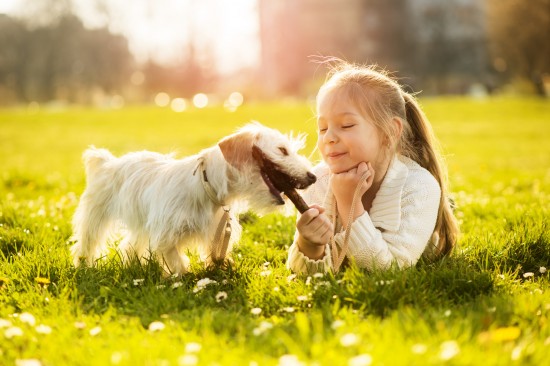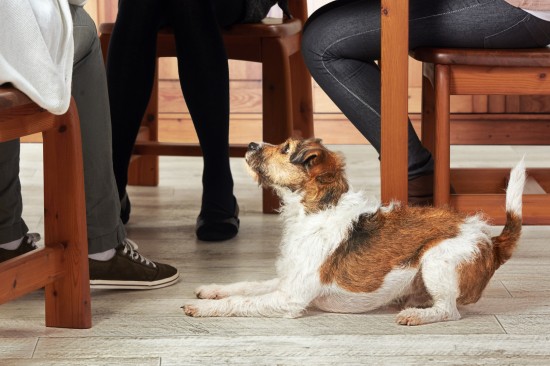
Dog aggression is actually among the behaviors that is easiest to misinterpret. Indeed, a puppy that nips, and an adult that likes to bowl over humans are both not aggressive, but surely are indeed in...
Dog aggression is actually among the behaviors that is easiest to misinterpret. Indeed, a puppy that nips, and an adult that likes to bowl over humans are both not aggressive, but surely are indeed in need of Havanese training.
Without the help of a carefully selected trainer, it is easy to disregard a dog's display of growing threatening behavior, until it is too late to prevent it from lashing out with a bite. And as mentioned above, without the help of a good trainer, it is easy to miss the fact that what does not cause malicious harm is not aggression, but nevertheless an issue of manners.
Hence, the importance of choosing a trainer, which serve to preempt the day when practically everybody is at the end of their wits thinking how to force the dog to be 揼ood.?But the importance of the trainer's role stays, no matter how intense the behavior of the dog is, or how is the emotional climate in the home.
So what do dog owners look for in a trainer? First of all, its not just about experience. Granted that several decades' worth of dog breeding and raising outweigh those of just a few years, training methodology is another just as crucial factor.
There are roughly two opposite philosophies that tackle dog training methodologies. One school consists of believers in alpha rolls and scruff shakes in order to show the dog who is the dominant leader in the house. But while everybody is aware that dogs need a strong leader, a strong physical approach to leadership is an entirely different thing. After experiencing the confrontational approach of the trainer, a dog may indeed think twice before displaying the unwanted behavior again. But that approach does not solve things for the long run. Indeed, the ideas of "show the dog who抯 boss" and that you "can抰 let him get away with that behavior" results to a dog that conceals its feelings of frustration and insecurity. In fact, time might come that the dog shows its true feelings through not-so pleasant means.
The second approach is called "Solving the underlying problem." The next time a dog behaves aggressively toward people, the dog is systematically taught through Havanese training to manage what causes its aggression: fear, believe it or not! And isn't it true that dogs are smart enough to see that their instinctive snarls, barks, air snapping, among others, does the wonder of making their fears go away? So a clear way to make a dog less afraid (and consequently, less aggressive) is to find ways to boost their sense of confidence and security.
 Why It Is Vital To Ensure That Your Children Do Not Tease Your Puppy
Why It Is Vital T
Why It Is Vital To Ensure That Your Children Do Not Tease Your Puppy
Why It Is Vital T
 Is The Manchester Terrier A Good Choice Of Pet?
Is The Manchester
Is The Manchester Terrier A Good Choice Of Pet?
Is The Manchester
 Problems That Can Arise From Weaning Puppies Too Early
Problems That Can
Problems That Can Arise From Weaning Puppies Too Early
Problems That Can
 Does Your Dog Beg For Snacks ? It Could Be Why Theyre Piling On The Pounds
Does Your Dog Beg
Does Your Dog Beg For Snacks ? It Could Be Why Theyre Piling On The Pounds
Does Your Dog Beg
 Can I Use Tea Tree Oil On My Pets?
Can I Use Tea Tre
Can I Use Tea Tree Oil On My Pets?
Can I Use Tea Tre
Copyright © 2005-2016 Pet Information All Rights Reserved
Contact us: www162date@outlook.com